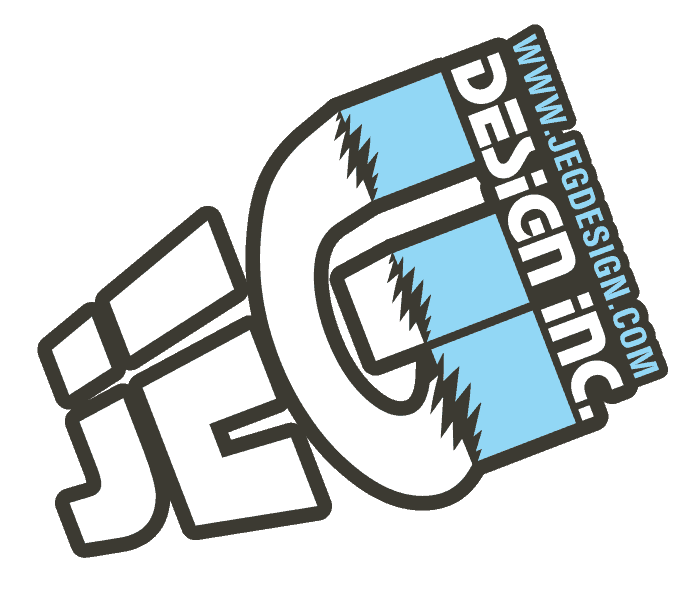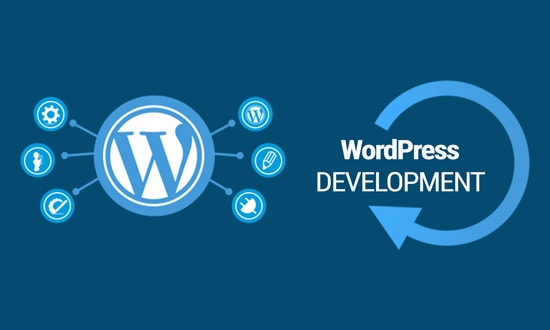You don’t know how to design or code a website, but you also don’t want to have to contact your developer every time you want to change an image or add a small blurb of text.
You’re stuck in the middle.
So, you spend all of your time in one state or another: You’ve either managed to cobble together an amateurish, patchwork of a website, or you finally broke down and paid someone to do it, and now it’s the weekend, you have realized that the contact information on your page is wrong, and your web developer is not responding to your emails.
The situation is not nearly as impossible it seems or as your colleagues and acquaintances may portray it. The truth is that you actually can have a professionally developed website to which you can have instant access and the freedom to make minor content changes without having to completely learn coding from scratch. This beautiful hybrid of an answer is available through a WordPress themed site.
This isn’t a sales pitch for WordPress. They simply fill a specific but valid need: they allow for authentically professional looking, customizable website design presented in a manner that is easily understood by and accessible (on a certain level) to anyone capable of functionally navigating the internet. That was a little wordy. It means that your website can still look great without you being one hundred percent dependent on someone else to make the smallest little adjustments or additions for you.
WordPress and some of its supporters will tell you that you can use it on your own and that you don’t need the help of a developer. That is technically true. There are a number of pre-coded themes you can use that have specifically been designed to be easily useable by people who are really only interested in building their websites through a series of points and clicks. The problem with those themes though, is that their simplistic nature limits their variation, creativity, and customizability. This, plus the sheer number of people using these inviting but limited themes, results in the creation of a lot of websites that are basically very, very similar.
In order to expand the spectrum of possibilities for the design of your website, you need to range outside of those WordPress themes that are high in user friendliness but low in customizability. You don’t have to venture very far into the realm of creative web design options before the need for coding to achieve your desired effects becomes evident. The more specialized and more engaging you want your web design to be, the more you’re going to benefit from the knowledgeable aid of a skilled web designer. As you can see, it’s easy for that situation to morph into one in which the designer has set things up too far beyond your ability for you to alter anything.
WordPress web design done the right way offers the potential for the best of both worlds. Your hired web designer has the option of setting up all of the specialized coding that they need in order to achieve the look and feel that you and your customers desire. This can include effective, modern web design strategies like brutalism and dynamic web page transitions that grab and hold the attention of your customers. Additionally, though, the WordPress interface also allows your web designer to set up your website so that many of the most commonly altered elements of your website are easily accessed and edited by even the least experienced of those among us.
In essence, the WordPress framework accommodates the bridging of a gap that has existed in website design since its inception – the ability difference between web designers and website owners. It doesn’t supplant the need for a skilled and creative web designer, but it also doesn’t completely leave the non-designing website owner out in the cold without any control over their own content and presentation. Instead, it creates a shared space in which the two parties can work cooperatively in order to foster the realization of the website owners intention and the web designer’s artistic vision. This powerful pairing is one way of optimizing a company’s efforts to attract and retain potential online customers.



